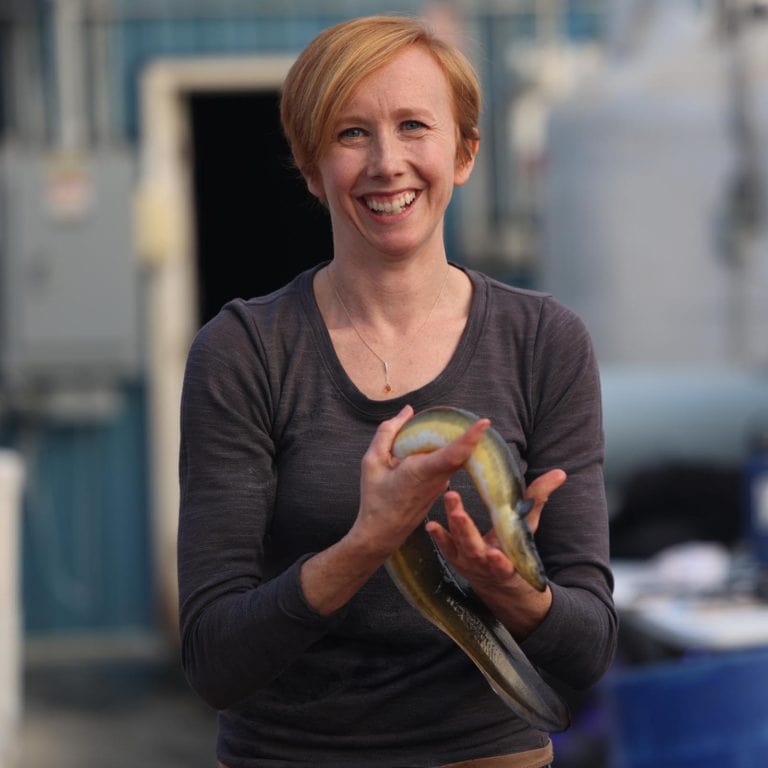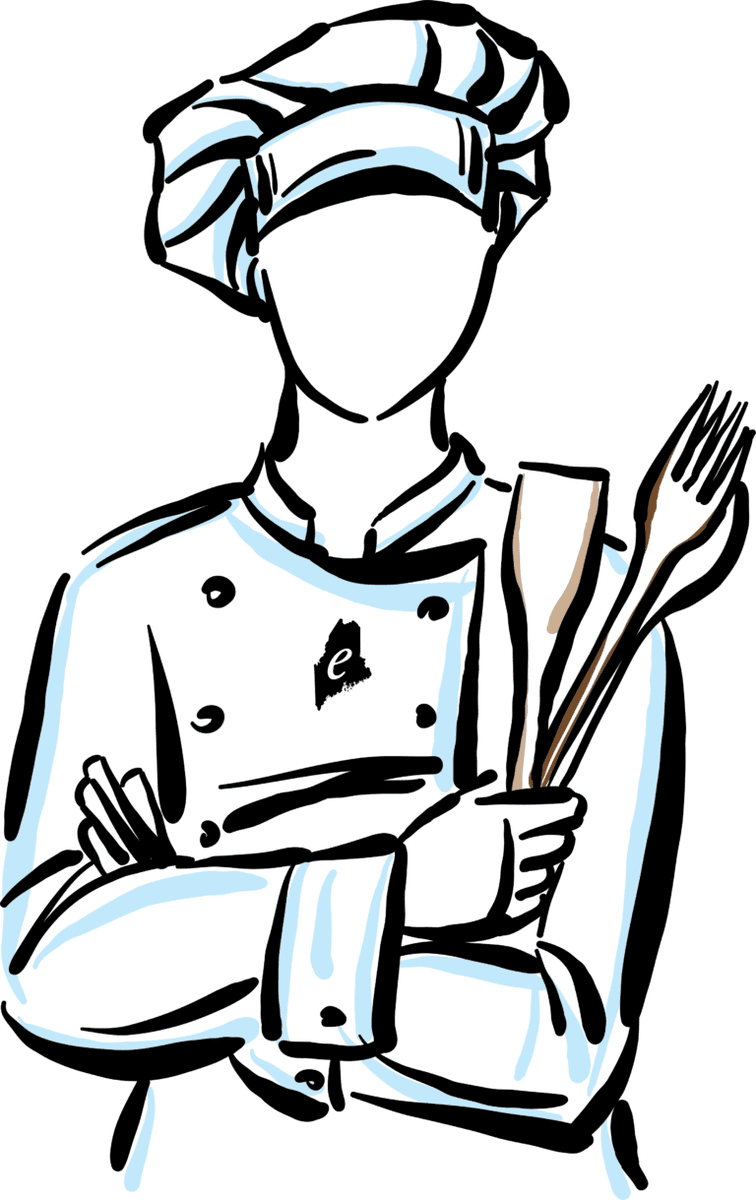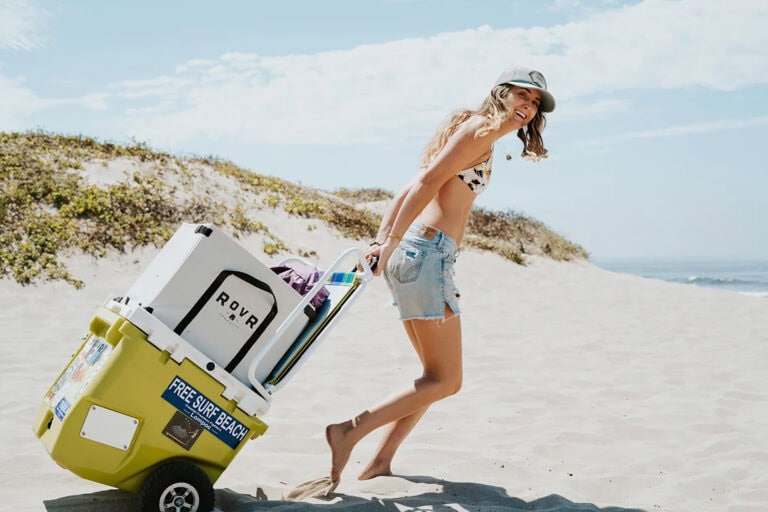Greetings from the best place on earth to be in the summer and welcome to “Ask ME Anything,” Edible Maine’s spanking new column intended to answer your concerns, questions, musings, and mistakes in that most important room: the kitchen. From ingredients, to techniques, time-saving hacks, and culinary adventures, I, Genevieve Morgan—author, mom, and wanna-be great cook (but, honestly, not the best)—promise to get out there and find you an answer.
Last year I wrote the “What Chef’s Know” column because what I lack in culinary know-how, I make up for in my ability to do research and talk to strangers. We decided to switch gears this season and, rather than think up our own topics for experts to sound off on, we’re looking to you, our readers, to let us know what’s on your mind.
So please, don’t be shy. Contact us at askmeanything@www.ediblemaine.com and ask away. We’ll consult the experts, experiment, fail, and generally mess-about in the kitchen so you won’t have to. We’re not Alexa, but we’ll do our best to answer.
“Is it safe to forage? Where can I learn more? What about eating invasive species? Is part of the attraction the element of danger?”—Kathryn
My experience with foraging has been drastically limited by my fear of that oh-so-invasive species, poison ivy. When I lived in California I regularly experienced extreme cases of poison oak (once, it went up my nose and, scarily, into my throat—a Jobian experience, to say the least). So, when it comes to my own foraging, I stick to readily recognizable fruits (blueberries, blackberries, etc.), sucking the stamens of honeysuckle flowers, and putting nasturtium flowers in my salads..
In answer to the last part of your question, I say that the element of danger actively dissuades most of us amateurs from real foraging, which is a shame. I do have a number of friends who are avid foragers—which means they actively engage in the pursuit of wild food harvesting, even in urban areas—and I eagerly eat what they find, catch, or gather precisely because I know they know what they are doing.
Foraging takes some practice, and you need to get a proper guide (see below), start slow, and, if possible, follow a more experienced forager around once or twice so you can learn. If you really want to get good at it, consider enrolling in a foraging class at the Maine Primitive Arts School in Augusta (www.primitiveskills.com/about).
Summer is, obviously, a bonanza for foragers in Maine, which can, depending on your location, extend to rudimentary fishing, netting, and clamming. In fact, foraging can be so successful in our neck of the woods that David Levi, owner and chef of Vinland restaurant in Portland, has created entire menus from food harvested within a few miles of his home. I consulted him to fully answer your questions. Here’s his best advice for anyone interested in getting started:
1. Prepare to be satisfied with only having a nice walk outside. Don’t get hung up on the false notion that you’ve failed because you didn’t come home with safe ingredients for dinner.
2. Start simple. Forage well-known local species that friends and neighbors will recognize. In Maine, that may mean mushrooms like chanterelles, black trumpets, and hen of the woods. Or plants like dandelion, beach rose, or cranberry.
3. Avoid, for now, anything with a dangerous analogue (look-alike). Wild carrots are common, and known as Queen Anne’s Lace, but they are extremely similar in appearance to deadly hemlock. (Maybe Socrates was a lousy forager?) Amanita jacksonii is delicious but much too similar to Amanita muscaria and other dangerous, even deadly, Amanita mushrooms to be harvested by anyone other than an expert. Familiarize yourself with false morels before considering a morel harvest. Bolete mushrooms are often delicious, but some will give you a wicked stomachache, so consider that genus part of the advanced class.
4. Be conscious of dangers other than toxic analogues of delicious wild edibles. For example, ticks are very common in Maine. You must check yourself carefully, head to toe, after any foraging expedition to ensure that you don’t risk contracting a potentially horrific tick-borne disease. Also, be aware of potential contaminants. Fresh cattail shoots are delicious raw, but how confident are you that the pond they came from was free of giardia? Pollutants (and pesticides) are also a concern, especially near roads or industrial facilities. Mushrooms often concentrate toxins, as do the roots and seeds of plants. Fruits (including berries), by contrast, usually have the lowest concentrations of pollutants, closely followed in safety by leaves.
5. Show respect for the land. Don’t over-harvest. If you find ramps, one of the best wild edibles in the plant kingdom, don’t take more than 10% of the ramps in a given location. Take less (or none) if it appears you weren’t the first one there. Never clear out a stand of mushrooms or plants. By leaving the bulk of them in place, you can enjoy them year after year and know that you left the land healthy and intact. There is nothing more sustainable than a mindfully harvested wild food, so just remember to be considerate and tread lightly.
David highly recommends the Audubon foraging guides. They are light, durable, reliable, and easy to use. They are full of high-quality photos and common names of plants and mushrooms, along with the often less-familiar taxonomic names. I also recommend visiting his restaurant when you are in Portland; it will inspire your next foraging expedition and astound you with what can be created from truly local, responsibly sourced food with zero waste.
“Is there a Maine source for organic spices? Does someone in Maine grow organic dried spices?”—Crystal
Great question; the answer is, Yes! Gryffon Ridge Spice Merchants is Maine’s only purveyor of 100% organic spices. Established in 2009, Gryffon Ridge has proprietary organic spices and culinary blends, and in some cases, when certified organic is not available, they procure only the best quality on the market. If you are priced out or are looking for a DIY project, I recommend growing, drying, and grinding your own basic spices (basil, thyme, parsley, coriander, sage, cilantro, rosemary, etc.) or purchasing grown plants at the farmers’ market and drying them yourself. It’s easy and fun.
Just pick bundles and wash the leaves (some folks recommend doing this in the morning for optimal potency) and set out in a warm, well-ventilated rack until dried. Once dried, use a pestle to grind proper amount. Growing and drying your own spices will save you money so you can splurge on more exotic preserved varieties. Also, keep in mind that local and natural brands can often be just as healthy and delicious as organic if you know the people you are buying from, and where they source their ingredients.
“How do I make ice cream if I don’t have an ice cream maker?” – Graham
If you have spent more than a couple weeks of summer in Maine, it’s likely you’ve been to a barbecue or camp where kids kicked around one of those L.L. Bean Ice Cream Balls—filled with rock salt, ice, half-and-half, cocoa mix, and vanilla. My kids tended to lose interest after 30 minutes, so truth be told, I have never seen ice cream come out of that ball—but I have heard it works, if you have the time.
I was intrigued by this question and asked my friend, Leslie Jonath, owner of Connected Dots media and a fellow author specializing in terrific books about food, what she does when faced with this dilemma. She turned me on to the Ur recipe of professional chefs made popular by the website Kitchn (www.thekitchn.com) that uses ONLY frozen bananas. You need to have a food processor or high-speed blender, but it is magic. I tried it with one banana, cut into slices and frozen for a few hours, then processed for a few minutes in my crappy blender and it created delicious, creamy banana ice cream. I put some chocolate chips on it as a topping, and it was like I was eating a frozen banana at the fair.
Another simple recipe calls for blending cold, whipped cream into sweetened, condensed milk and then freezing it overnight in a loaf pan. You might add vanilla extract, or try, as I did, to flavor the mixture with a strong shot of coffee. Mine turned out more like frozen coffee-milk, but this may have been because I added brewed coffee to the cream as it was whipping and not extract. It never got stiff (too much water). Next time, I’ll add coffee extract to the condensed milk, then blend in the cold, fully whipped cream.
This was the only recipe I tried that could be executed with just good, old-fashioned arm power. My best answer to this question, however, is simpler: Don’t. For the cost of ingredients, you could just get on your bike or stroll to your local ice cream parlor and buy yourself a cone. It’s summer in Maine, and that’s the kind of outing we vacationlanders live for.














